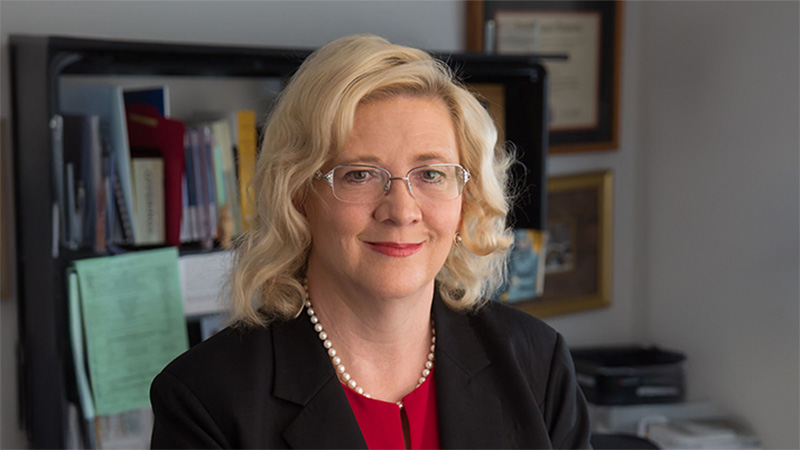I used to get sports illustrated, and my favorite column was titled “this weeks sign that the apocalypse is upon us.” Well, today JAMA published the medical equivalent.
Sima and colleagues at Memorial Sloan Kettering used a population based dataset of patients with cancer to compare rates of cancer screening (mammography, PAP smears, PSA tests, colonoscopy) between patients who had advanced, incurable cancer (lung, colorectal, gastroesophageal, and breast cancers) and patients who did not have cancer. Results
- Mammography: 9% among patients with advanced cancer vs. 22% among patients without cancer
- PAP smears: 6% vs. 13%
- PSA testing: 15% vs. 27%
- Colonoscopy: 2% vs. 5%
The good news – the rates are not equal. At least a few docs are thinking enough to not screen patients with advanced incurable cancer for another cancer!
The bad news – screening rates among patients with cancer are about a third to two-thirds of the rates of patients without cancer! Keep in mind people need to live about 5 years in order to benefit from cancer screening. Patients in this study had a life expectancy of less than 2 years at the time they were screened, and less than 5% overall lived more than 5 years.
The biggest predictor of continued screening after diagnosis with cancer was a history of cancer screening before diagnosis. The authors hypothesize that docs put patients on “autopilot” cancer screening, and then don’t stop. They write:
Furthermore, we hypothesize that neither primary care physicians nor oncologists routinely engage in the difficult discussions that require explanation of why continuation of procedures to which patients have become accustomed to is no longer necessary. There is substantial evidence that even when physicians recognize that life expectancy is limited, they do not consistently communicate prognosis, and patients may use denial as a coping strategy to face impending loss. Our findings represent one manifestation of this communication deficit.
Exactly. We need to train providers to have these difficult conversations, create health systems that flag patients with limited life expectancy who are receiving potentially harmful tests and interventions of little benefit, and educate the public about the harms of overtesting and overtreatment. The last is critical, because the hue and cry must come from the people – not the doctors – to instigate change.
But change we must. Because what we’re doing is just dumb medicine. This weeks sign that the apocalypse is upon us.
by: Alex Smith




